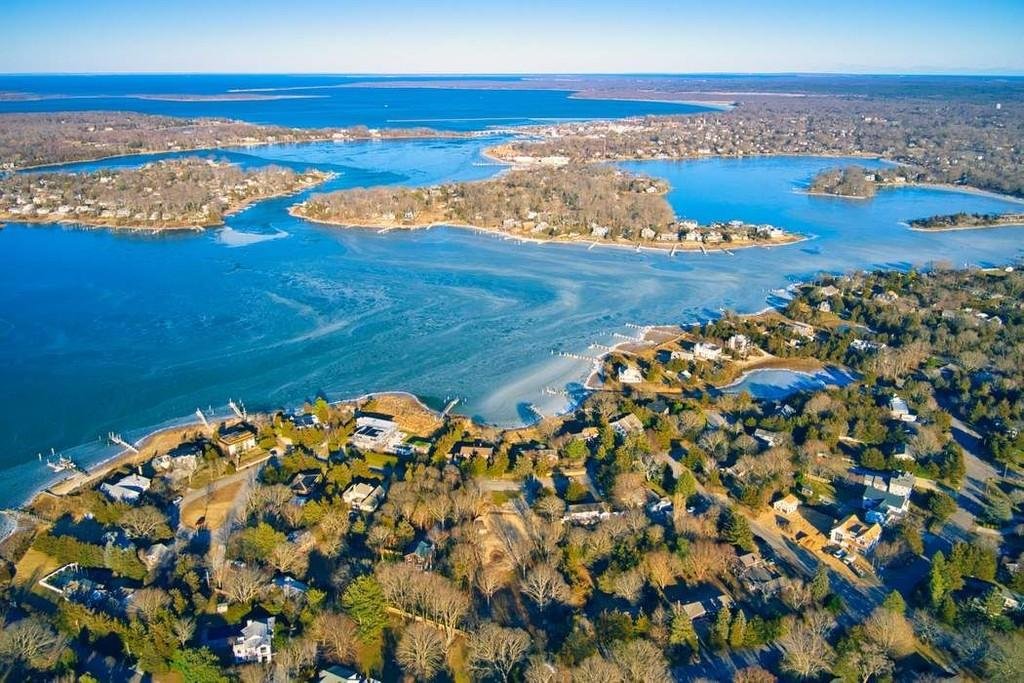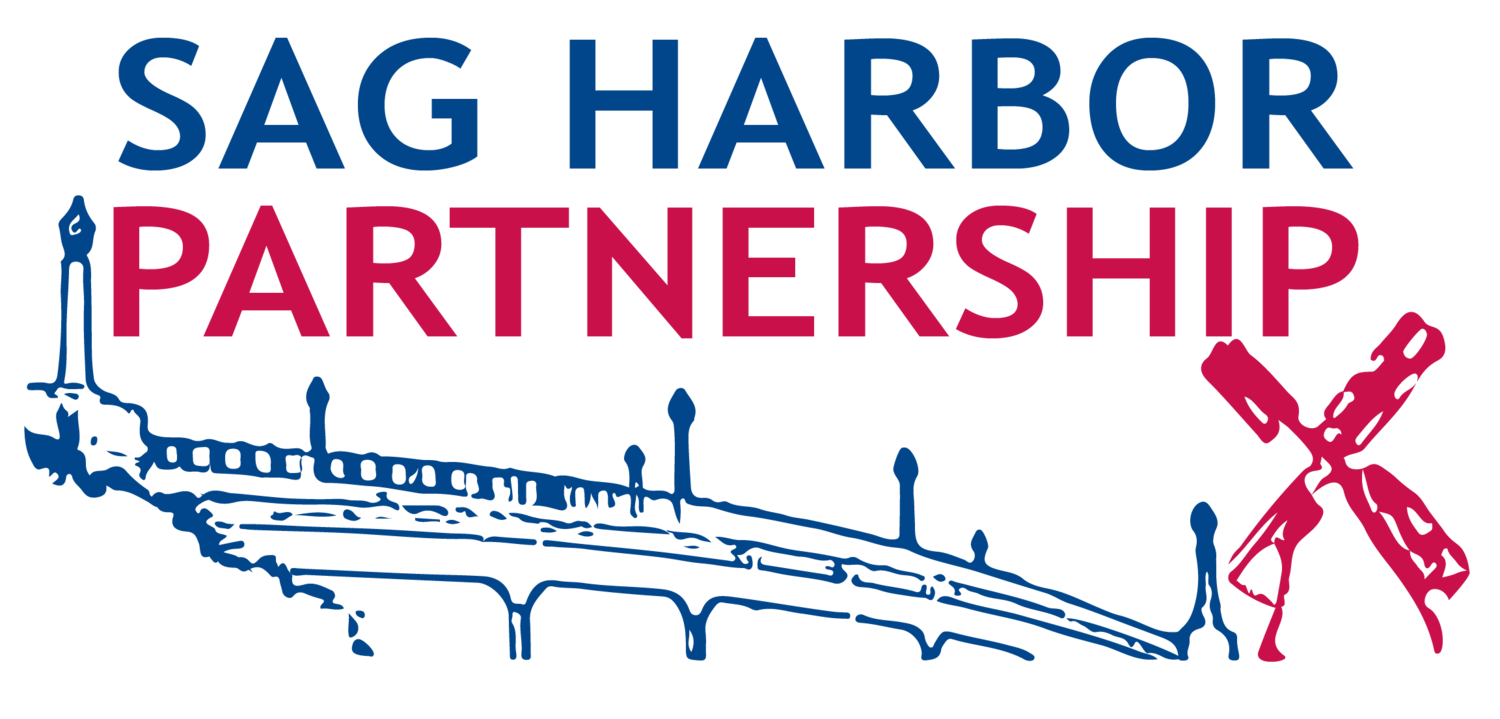PROJECTS
Sag Harbor Partnership works with community organizations and Sag Harbor Village government on projects that both preserve and enhance the character of this vibrant place.
saving the sag harbor firehouse museum!
Efforts are now officially underway to restore a wonderful Sag Harbor Village asset, which served as a museum honoring the extraordinary history of the first volunteer Fire Department on the East End of Long Island, also acknowledged to be the first Volunteer Fire Department in New York State.
This handsome 1833 building was originally built by the Presbyterian Church as a lecture hall and community meeting space before the Old Whaler’s Church opened its doors. It was acquired by the village in 1856 and served a variety of functions over the years, including as a village hall and jail, with a bell which will toll again!
The Sag Harbor Firehouse Museum functioned as a dream-come-true museum for children, with firetrucks, both miniature and full-scale, to be enjoyed; old leather fire buckets used in fire brigades; a colorful 20-foot mural hailing from a renovation that took place in the 1970s; filigrees and old fonts on elegant ancient proclamations; and many other charming, mysterious and colorful objects that made its history a joy to experience for people of all ages.
The Partnership is honored to have been chosen to shepherd its renovation and reopening, so that it will remain in the Village in perpetuity as a monument to the extraordinary history and heroism of our Fire Department here in Sag Harbor. It will also stand as an acknowledgement that reflects our history of pulling together in good times and bad, to keep our Village strong, and its community safe. It is a project we can all celebrate together!
We cannot do this without you!

SAG HARBOR WATER QUALITY INITIATIVE
In 2018, Sag Harbor Partnership worked with the Sag Harbor Yacht Club, Sag Harbor Village, and East Hampton and Southampton Town Trustees to raise funds for a study of the water quality in Sag Harbor. The two-year study (April–October in 2018 and 2019) was undertaken by Dr. Christopher Gobler of Stony Brook University’s School of Marine and Atmospheric Sciences in Southampton. We continue to support Dr. Gobler’s work, which is ongoing and essential to our health, environment, and prosperity


